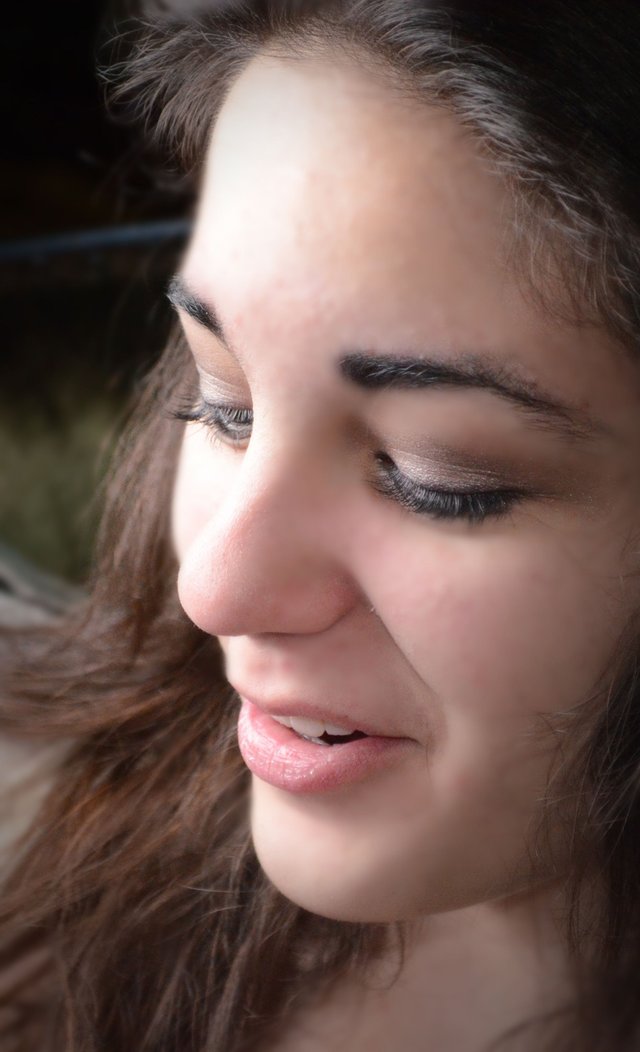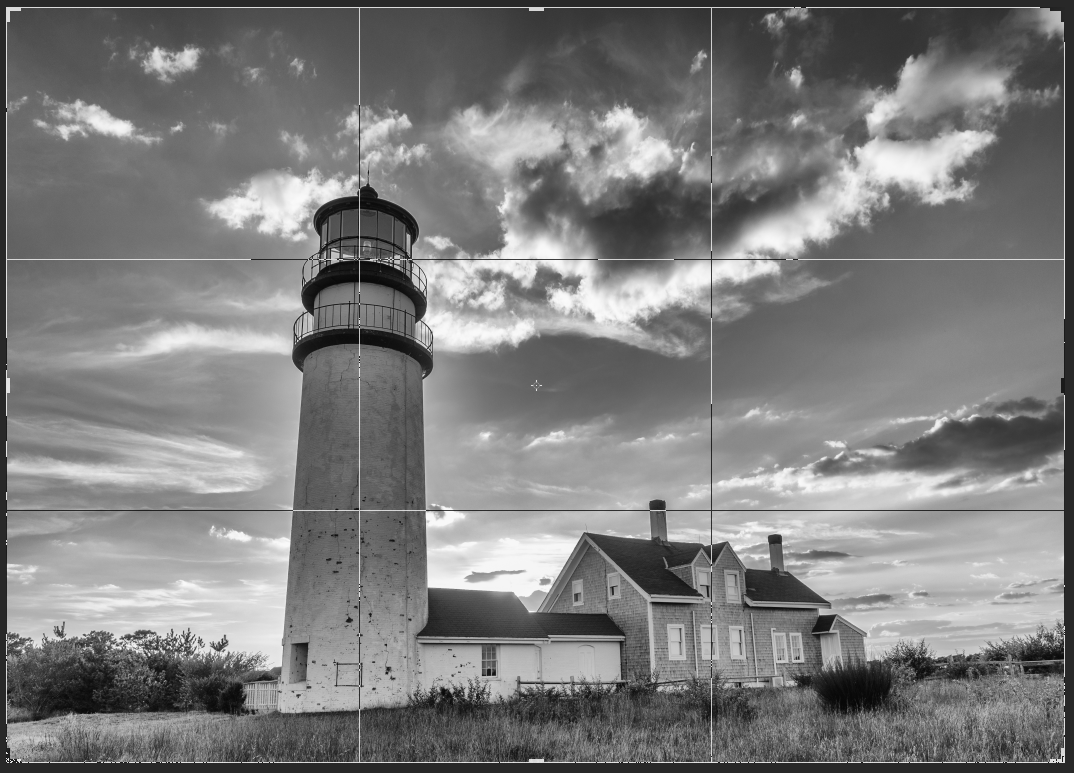Part SIXTEEN: Working For Yourself
Some Rules are Made For Breaking
There are always basic rules and guidelines in everything: in driving cars, try to keep the wheels on the ground and the roof in the air. With snow ball fights never eat yellow snow
Photography is no different with rules, too!
Understanding basic composition and rules, and knowing when to break the rules is a big part of finding your own photographic style. A big part of photography is about getting an emotional reaction or a connection with your viewer. One important part of the relationship is to make the viewer see what you see. We use these simple Rules to get inside the mind of the viewer and help them see what we want them to see!

Here’s a few basics, to get started.
Size Matters
This rule is all about IMPACT and how to get it.
Shooting a person from far away is all about shooting the landscape, background and setting. Shoot a close up of someone’s face, and it is all about impact! It is more effect and a more pleasing image of someone to see them filling up the entire frame. Include what is necessary to make your viewer connect. Get rid of any extras, any distractions in the background.

Many of the rules of photography involve who to draw your viewer to parts of the image you want them to really see! Using a subject’s eyes to point, or a hand gesture, sometimes literally using focus, helps.
Rule of Thirds
The eye is drawn to certain images and scenes. Designers in Theater use this with placement of scenery and important elements onstage. Photographers use this too, with something called the Rule Of Thirds

In the above image, notice it is divided into thirds, top to bottom, and left to right. Images with impactful elements placed at the intersection of these lines, or along these lines are, in general more impact than images without elements on the thirds lines. I say in general, because, there are many instances when, placing something in the center is as impactful, if not more so, than using the rule of thirds. Some Portraits are a good example. Although, even offsetting the person can create an impact. Just do it purposely, and not by a tiny amount. (It looks like an accident if it is only a tiny amount!)
Leading Lines
Similar to Rule of Thirds, Leading Lines
Using elements of your image to draw your viewer’s attention to elements you want them to really see. A brick path, a road, or bridge are perfect to draw your viewer into your image:

Patterns
Repeating Patterns in an image make impact.
Parallel lines, rocks in line, stepping stones, cedar shingles on a house, are typical examples of patterns. These can be great visual elements to capture your viewer!

Fore-middle-background
Focus The Viewer with elements in the foreground of your shot. include the main focus in the middle distance, and have a background, to fully frame the image.

A few Rules that are mostly about making your images better:
Don’t be a Chopping People Up
Cutting off hands, feet, and arms is odd. It doesn’t feel right. Unconsciously, people react better to seeing a whole person, rather than parts missing. Mind you, a shot from the waist up is fine. But a shot including the whole head, down the the mid shins is not. It doesn’t look right, nor professional. The entire person present, except half the arm cut off, looks wrong too. Not finished. Not professional.
Beware the Backgrounds
There are few dirty spoilers in many bad images: Sign posts, trees, telephone poles, growing out of the top of someone's head. A beautiful sunset, with two people walking along the beach, can be ruined by some trash on the beach. Look everywhere, in the view find roof your camera, before you event focus the image. Don’t go through all the steps of making the image right if there is something horribly distracting in the shot. Train your brain and your eyes to SEE EVERYTHING before you push the shutter release!
Using these rules helps to make your ready feel what you want. By breaking these rules, you make the viewer uncomfortable. When you break the rules, understand why you are doing it, and what the impact will be with your viewer and it will help you develop your style!
Some of these images, you may be familiar with (I've posted a few of them before), but they are examples of mine that seem to work for the Rules!
Part 15 WORK for yourself: Long Exposure
Part 14 WORK for yourself: Creating A Panorama
Part 13 WORK for yourself: NIK’s Silver FX Pro Filter
Part 12 WORK for yourself: NIK’s Color Efex Pro Filter
Part 11 WORK for yourself: NIK’s Viveza Filter
Part 10 WORK for yourself: High Pass Filter
Part 9 WORK for yourself: Photoshopping’
Part 8 WORK for yourself: Go To The Light…room!
Part 7 WORK for yourself: From Here To There, My Workflow!
Part 6 WORK for yourself: RAW?JPG? Add Copyright Note
Part 5 WORK for yourself: My Machine, My Hardware!
Part 4 WORK for yourself: More Stuff? More Money!
Part 3 WORK for yourself: Camera? What Camera?
Part 2 WORK For Yourself: Wait? You Charge HOW Much?
Part 1 WORK for Yourself: How Much Can I Make?
What an awesome guide !!! As a professional photographer...I love it !!!! :)))
thanks.
Hope it helps. I love to help anyone, but focus on newcomers, mostly.
yeah clearly, but either way so structured and correct, love-it! :)